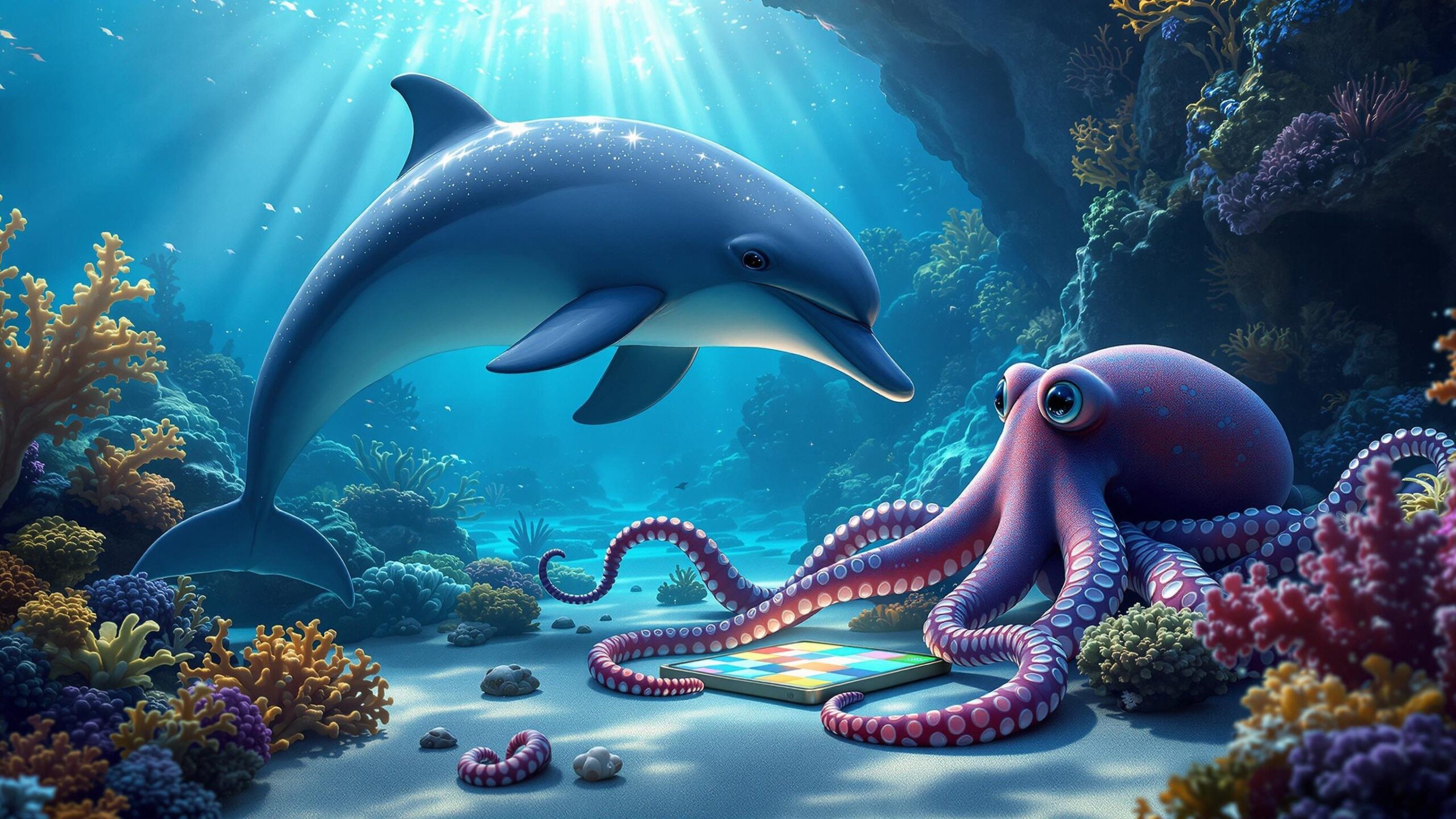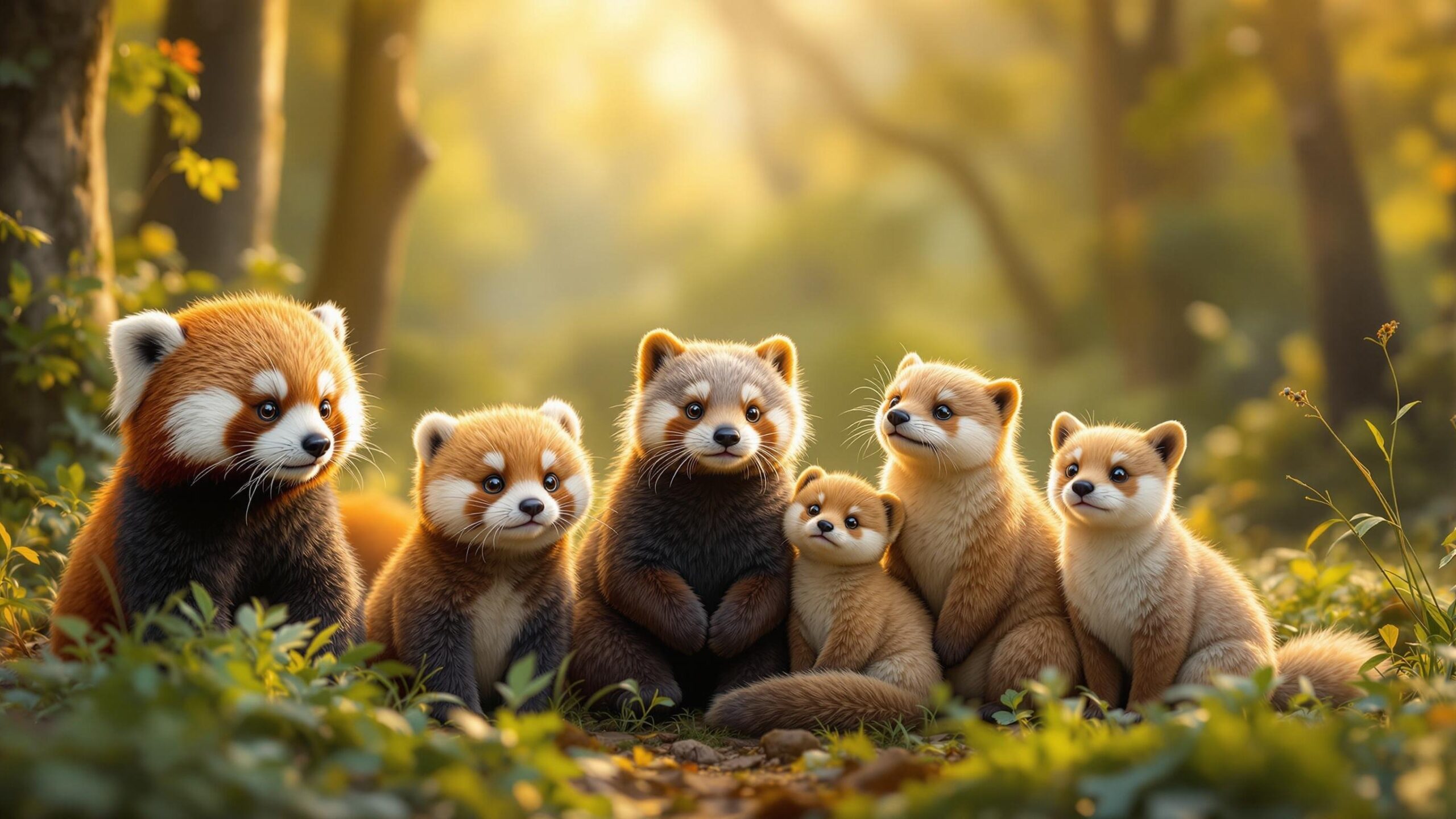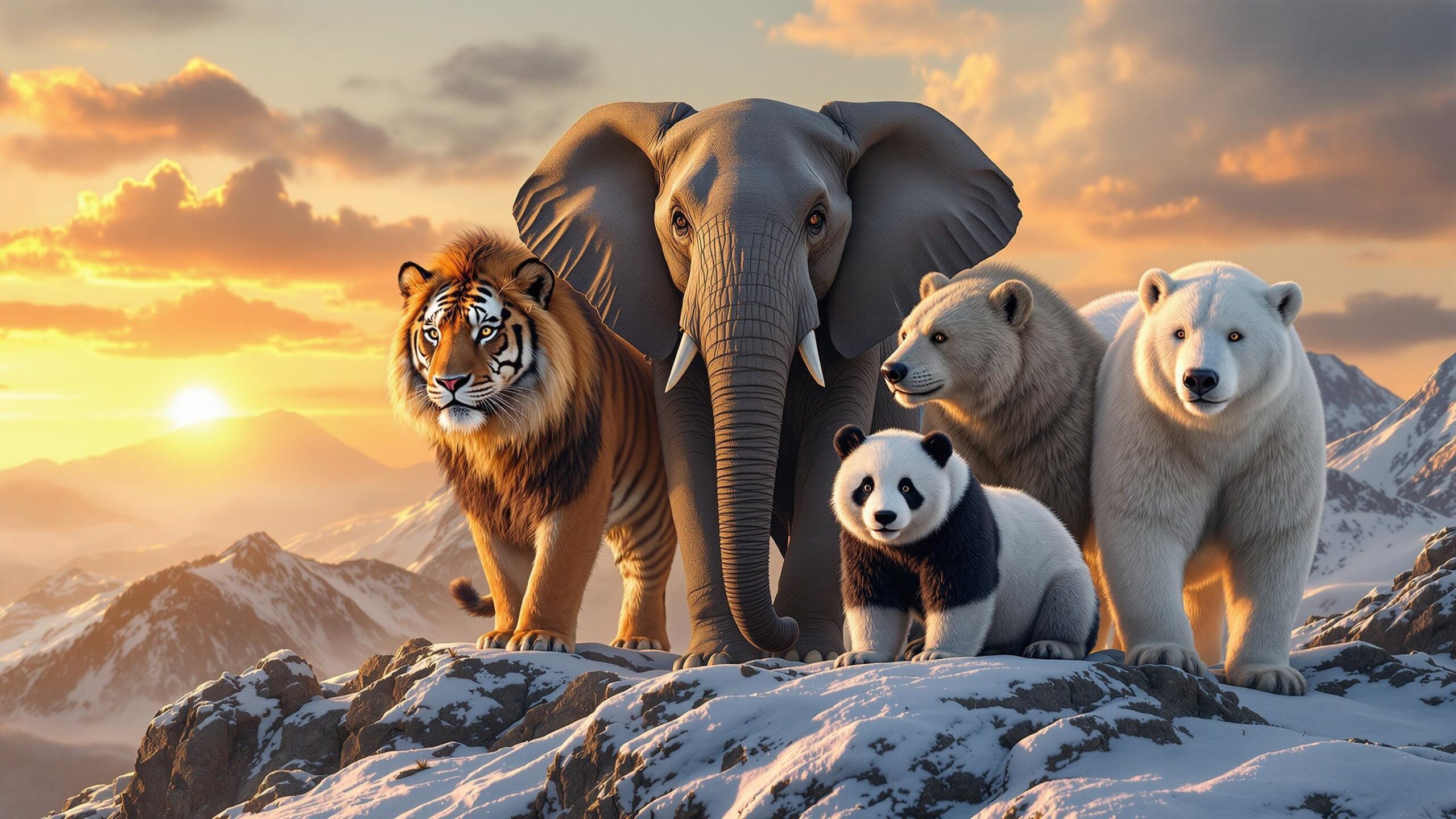Top 10 Most Intelligent Animals on Earth (Wild Edition)
Intelligence in the animal kingdom isn’t limited to fetching sticks or recognizing a face—it runs much deeper, weaving into problem-solving, communication, memory, empathy, and even culture. While domesticated animals like dogs, pigs, and parrots often come to mind, the wild is home to some jaw-droppingly brilliant minds. These creatures use tools, plan ahead, teach others, and even recognize themselves in mirrors. From ocean depths to jungle canopies, the following animals have earned their place not just for what they can do, but how they think. This is a list of wild geniuses—creatures whose minds are as fascinating as their forms. Here are the Top 10 Most Intelligent Animals on Earth, excluding any that have been domesticated.
#1: Chimpanzee
Chimpanzees are the ultimate brainiacs of the wild. Sharing nearly 99% of our DNA, they mirror much of what makes humans unique—only they do it in the dense forests of Africa. Their intelligence has been observed both in captivity and in the wild, where they demonstrate advanced tool use, political strategy within groups, and even emotional awareness. In the wild, chimps fashion tools from sticks to fish for termites, sharpen spears to hunt bush babies, and use leaves like sponges to soak up drinking water. What’s more, they learn by imitation and can pass knowledge down through generations—a trait that leans into what scientists refer to as “proto-culture.” There’s the famous anecdote of a chimp named Ayumu in Japan who could remember number sequences faster than most humans in a memory test. Even more impressive, wild chimps have been seen performing what seems like ritualistic dances at waterfalls or during thunderstorms, suggesting a capacity for awe. Their minds are sharp, social, and mysterious. You’re not just looking at a clever animal when you observe a chimpanzee—you’re seeing a mirror, just one evolution away.
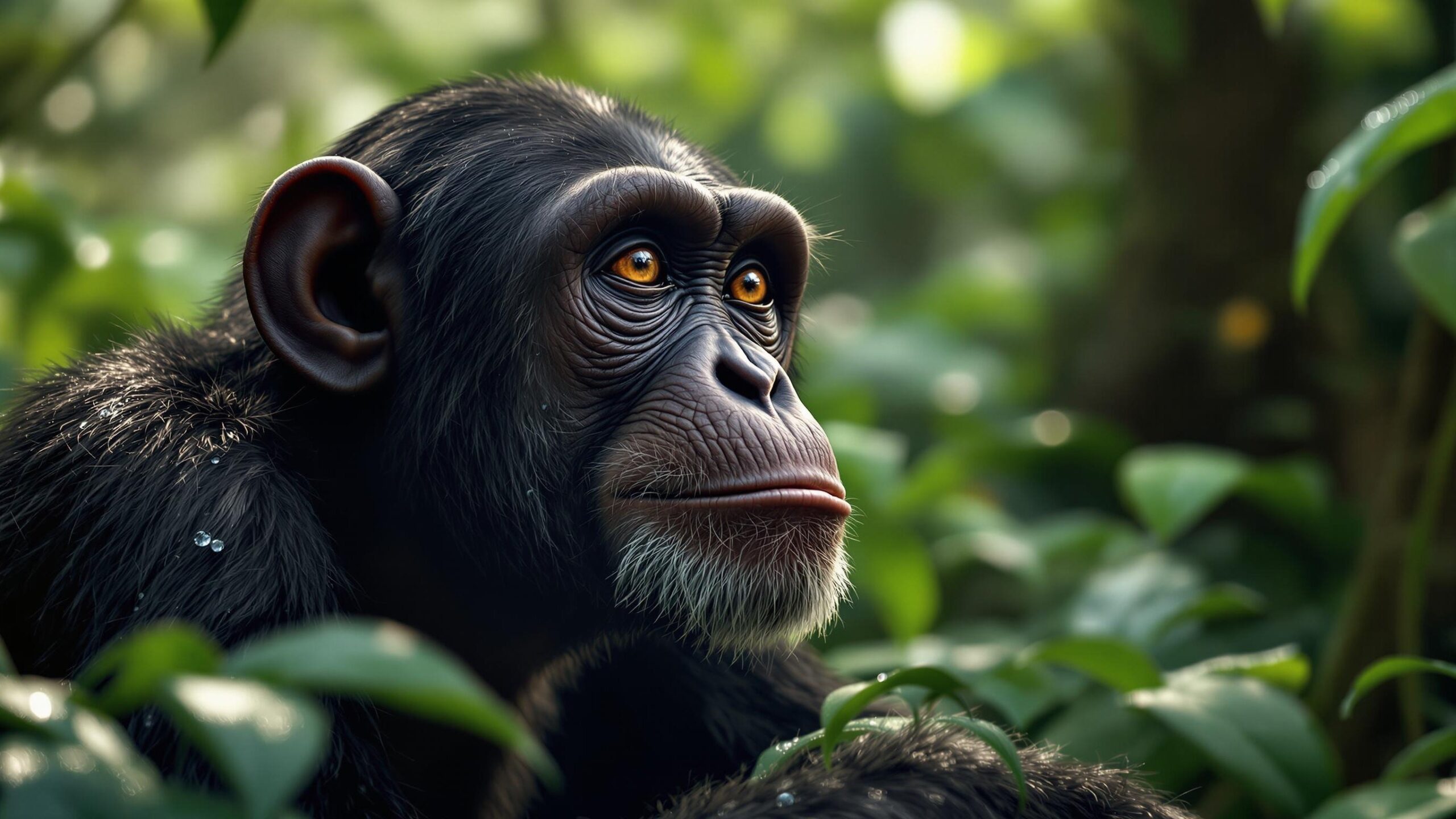
#2: Dolphin (Bottlenose)
The bottlenose dolphin has long been considered one of the most intelligent animals in the ocean—and for good reason. These sleek marine mammals possess an incredible capacity for complex problem-solving, social cooperation, and language-like communication. They even have names: a unique signature whistle that identifies individuals, like an aquatic name tag. In the wild, dolphins coordinate in groups to herd fish into tight balls and take turns feeding—a perfect example of planning and teamwork. They’ve been seen using marine sponges as tools to protect their noses while foraging along the seafloor, and they’re known to play not just with objects, but with other species—humans included. In one remarkable instance, a pod of dolphins saved a group of swimmers from a circling shark, forming a protective ring around them until the predator moved on. They even understand symbolic language and syntax in research settings. But the magic lies in their joy: surfing waves for fun, blowing bubble rings just to watch them spin, and interacting playfully with one another. The dolphin’s mind is a playground of curiosity, strategy, and social genius.
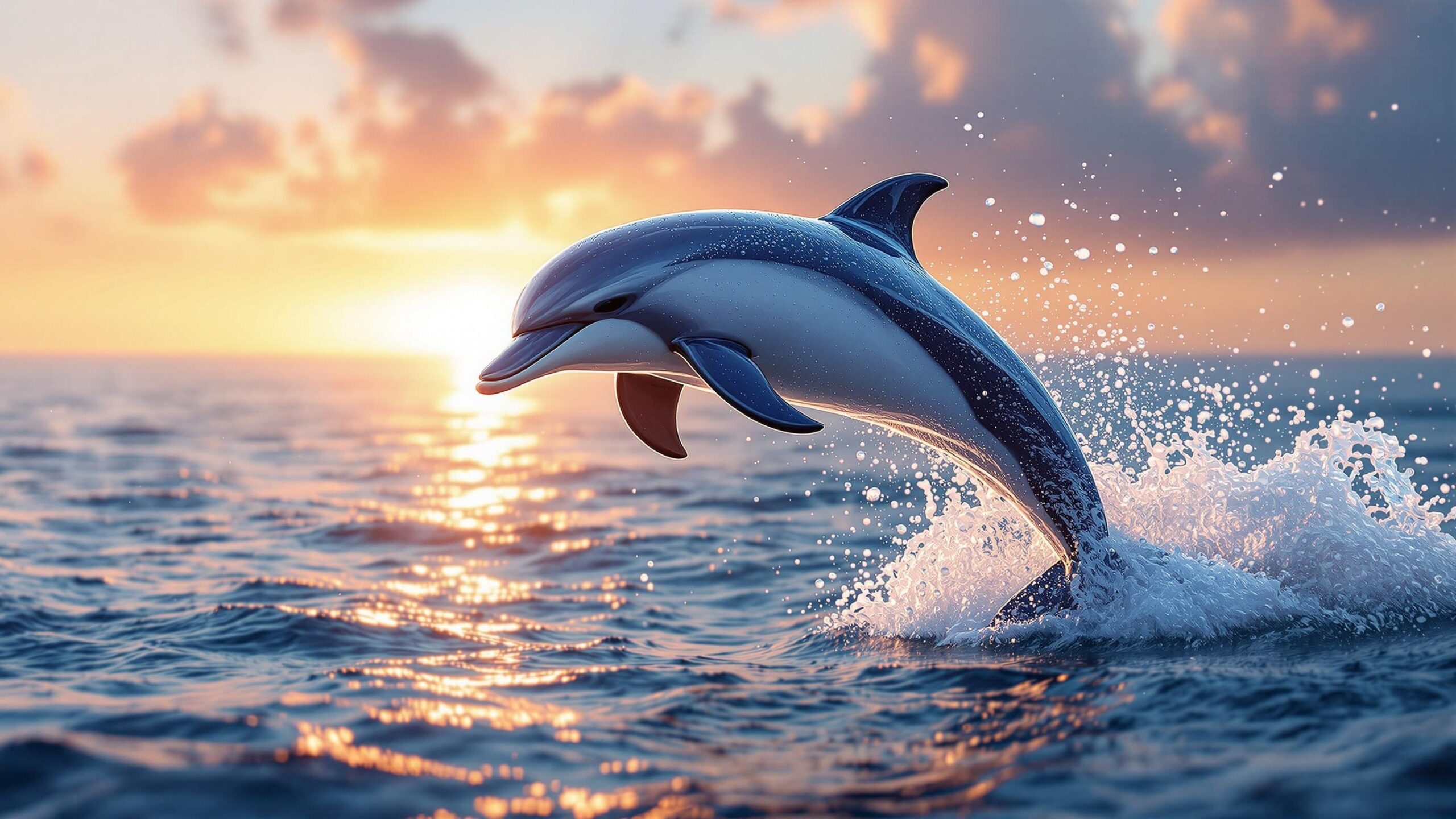
#3: Elephant
With brains weighing up to 11 pounds—nearly four times the weight of a human brain—elephants are the gentle giants of cognition. Their intelligence isn’t just about size, though; it’s what they do with it. Elephants are known to recognize themselves in mirrors, use tools like branches to scratch unreachable itches, and even coordinate with others in cooperative tasks. In one study, two elephants figured out they had to pull a rope simultaneously to bring food within reach—a task that many animals, including chimpanzees, struggled to solve. Elephants have incredible long-term memory, which helps them survive in complex social groups and navigate massive migratory routes. There’s a story from Kenya of a herd changing their usual path to visit the spot where a deceased matriarch once fell, lingering in silence as if paying respects. Their ability to empathize is uncanny—they comfort distressed companions and have even been observed aiding other species in trouble. If intelligence involves emotion, memory, and teamwork, then elephants are some of the world’s wisest minds on four legs.
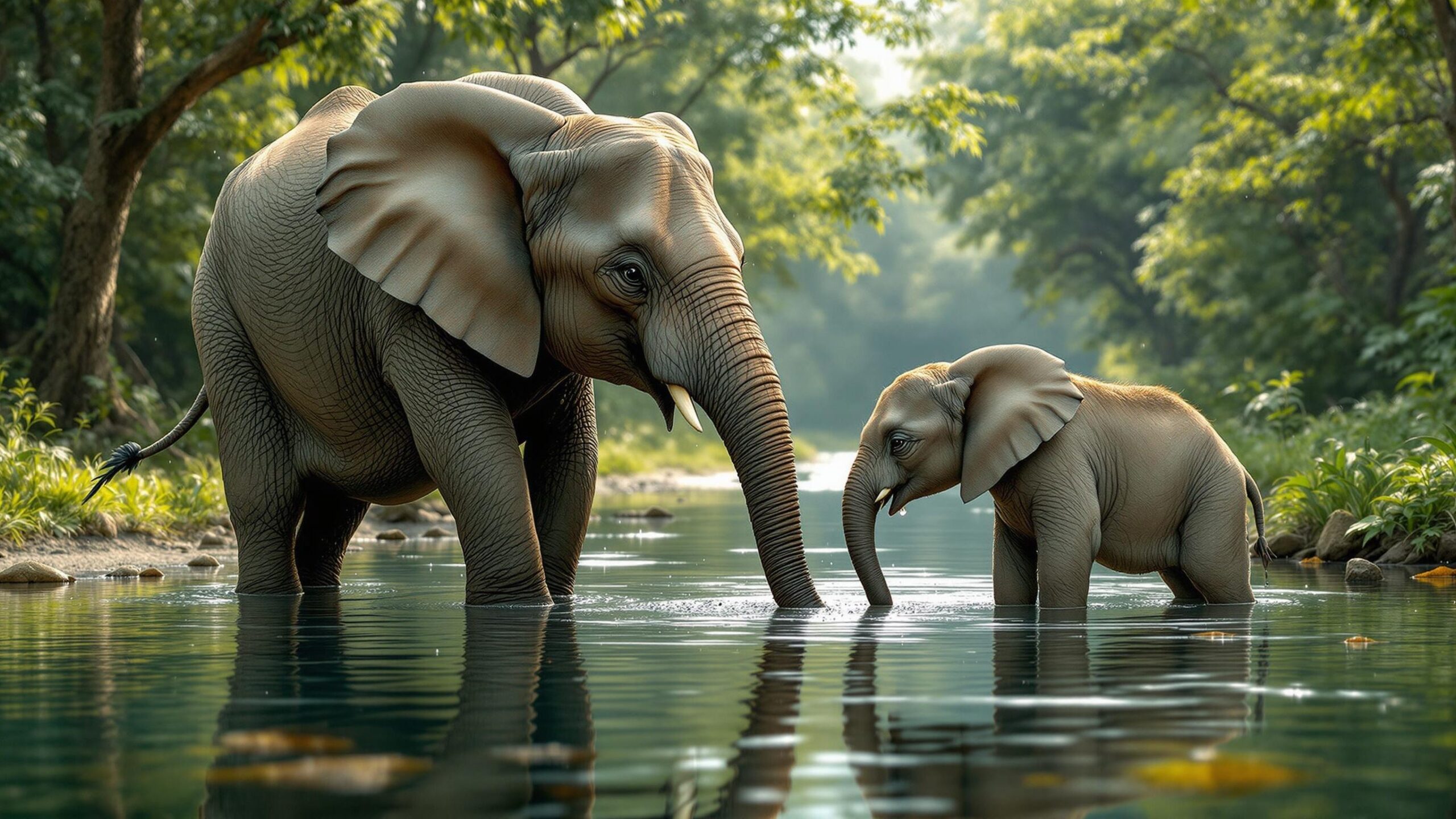
#4: Orca (Killer Whale)
Killer whales, or orcas, are the apex thinkers of the sea. These toothed whales are not only among the ocean’s top predators but also among its most intelligent. Orcas live in matriarchal pods that are rich in social structure and culture. Each pod has its own dialect—clicks and whistles that are unique like a regional accent. They pass hunting techniques down generational lines, such as intentionally beaching themselves to catch seals, or using their tails to create waves that wash prey off ice floes. Perhaps most striking is their ability to mimic sounds, coordinate attacks, and even engage in strategic deception. In one jaw-dropping case, orcas were seen pretending to swim away, only to circle back and ambush unsuspecting prey. Researchers once tested an orca’s ability to learn a simple game, and the whale outperformed expectations by not only grasping the rules but teaching it to another pod member. With a brain that’s highly convoluted—suggesting complex thought—and a level of social intelligence rivaling primates, orcas are truly the minds of the marine world.
#5: Raven
Often underestimated because of their common presence, ravens are problem-solving prodigies. These members of the corvid family (which includes crows and magpies) are renowned for their ability to reason, plan, and manipulate. In a classic experiment, a raven used a series of tools in the correct sequence to retrieve a treat—an ability previously believed to be limited to great apes. In the wild, ravens cache food, watch where others hide theirs, and even fake hiding spots to throw off would-be thieves. They’ve been known to call wolves to carcasses they can’t break open themselves, waiting for the wolves to do the dirty work and then swooping in to scavenge the remains. There’s even evidence of play: sliding down snowy rooftops, playing catch with other birds, and mimicking human voices for attention. In Norse mythology, Odin kept two ravens as his eyes and ears on the world. Turns out the myths weren’t far off. With a brain-to-body ratio similar to chimpanzees, ravens are among the most intelligent feathered beings on the planet.
#6: Octopus
The octopus is one of nature’s great plot twists. At first glance, it seems like an alien creature from a sci-fi movie—boneless, tentacled, and capable of changing shape and color in seconds. But beneath that slippery exterior lies a brainpower that defies expectations. In fact, octopuses have not just one central brain, but also mini “brains” in each of their eight arms, allowing them to process information and react independently. In labs, octopuses have been observed solving mazes, opening jars to retrieve food, and even escaping enclosures in clever and shocking ways. There’s the infamous case of Inky, an octopus at the National Aquarium of New Zealand, who slipped out of his tank one night, slithered across the floor, and disappeared down a drainpipe that led to the sea. Researchers routinely report octopuses recognizing individual humans, showing preferences, and displaying moods. Even more fascinating, their intelligence is thought to have evolved independently of vertebrates—a rare case of “convergent intelligence.” They’re not social like dolphins or chimpanzees, but their solo cunning puts them in a league of their own. If you ever lock eyes with one, it’s hard not to feel like something is sizing you up just as much as you are it.
#7: Bonobo
Often overshadowed by their more aggressive cousins, the chimpanzees, bonobos are peaceful, empathetic, and incredibly intelligent primates. Native only to the Congo Basin, bonobos are known for their complex emotional intelligence and social problem-solving. While chimpanzees might resolve disputes with dominance, bonobos often use affection, gestures, and reconciliation behaviors—suggesting a form of emotional negotiation. Studies show that bonobos understand fairness, can delay gratification, and even display empathy across species. In one experiment, bonobos shared food with strangers, a trait rarely seen in the wild. Their intelligence also shows up in how they use objects—not just for practical tasks like cracking nuts, but in social and play contexts. They are also highly communicative, using over 30 different vocalizations that appear to have meaning. A notable bonobo named Kanzi has been able to understand spoken English commands and communicate back using a lexigram board, demonstrating cognitive abilities on par with a small child. The bonobo’s brilliance lies not just in its thinking, but in its feeling. It’s a reminder that intelligence is not just logic—it’s compassion, creativity, and connection.
#8: Whale (Sperm Whale)
Sperm whales are the deep thinkers of the ocean—literally. They dive deeper than any other mammal, holding their breath for up to 90 minutes while plunging more than 3,000 feet into the abyss. But it’s their massive brains—the largest in the animal kingdom—that earn them a spot on this list. These behemoths possess an elaborate form of communication known as codas: rhythmic sequences of clicks that function like a language. Different whale families have their own dialects, and there’s growing evidence that these may represent the beginnings of complex, culture-like systems. Sperm whales live in tight-knit matrilineal groups, teaching calves important life skills much like elephants or primates. Anecdotal accounts suggest these whales can recognize boats, remember human encounters, and even avoid areas where they’ve had negative experiences. One striking story involved a whale that seemed to deliberately alter its click pattern when a familiar research vessel approached, suggesting intentional communication. The ocean may keep their secrets well hidden, but when it comes to intellect, sperm whales are unquestionably among nature’s deepest minds.
#9: Sea Lion (California)
Sea lions often get pigeonholed as circus performers, but their intelligence goes far beyond jumping through hoops. In controlled experiments, California sea lions have demonstrated an understanding of abstract concepts such as symmetry, matching, and even basic arithmetic. What sets them apart from many other marine mammals is their ability to learn logic-based tasks quickly and retain that information over long periods. A sea lion named Rio stunned researchers by consistently solving matching-to-sample puzzles and even grasping the concept of “same” and “different.” In the wild, sea lions hunt cooperatively, using group tactics to corral fish into bait balls—a move that requires not just instinct but timing, strategy, and shared awareness. They also have highly expressive faces and seem to communicate through vocalizations, gestures, and even eye contact. Playful, social, and endlessly curious, sea lions represent an underrated form of intelligence: the ability to quickly learn and apply information in both structured and chaotic environments. Watching a sea lion maneuver through a complicated obstacle course with near-human focus makes it hard to believe we ever underestimated them.
#10: Raccoon
Clever, curious, and occasionally chaotic, raccoons are the mischievous masterminds of the wild. These masked bandits are often spotted rifling through garbage bins, but what might look like a nuisance is actually evidence of extraordinary problem-solving. Raccoons have dexterous front paws with nearly the same sensitivity as human fingers, which they use to manipulate objects with astonishing precision. In urban studies, raccoons have figured out how to open locks, untie knots, and even recognize symbols that lead to food rewards. One raccoon was observed opening a multi-step latch system with such confidence that it resembled a magician at work. Their memory is shockingly good—they can remember the solutions to problems for over three years. Despite being solitary, they’re extremely adaptable and capable of learning from watching others. They’ve also been filmed washing their food in water, a behavior thought to be instinctive but which shows an unusual sensory interaction. Their intelligence might not be elegant or graceful, but it’s gritty, practical, and endlessly impressive. If survival smarts and urban adaptability count for anything, raccoons deserve their spot on this list.
True intelligence in the animal kingdom isn’t about tricks or obedience—it’s about adaptability, memory, emotion, cooperation, and creativity. From the social diplomacy of bonobos to the alien cunning of octopuses, these ten animals demonstrate that the wild world is brimming with minds that challenge how we define intelligence. Each one has evolved to solve problems, navigate complex societies, or push the boundaries of what we thought possible. They don’t just survive—they think, and sometimes, they think better than we expect.
More Great Animal Top 10’s

Top 10 Cutest Animals That Melt Hearts
Get ready to say “aww” as we explore the top 10 cutest wild animals on Earth! From red pandas to quokkas, these irresistible creatures charm their way into our hearts with every blink, bounce, and squeak.

Top 10 Most Popular Animals in the World
From the mighty lion to the playful panda, these wild animals have captured hearts and imaginations across the globe. Dive into incredible stories, fascinating facts, and unexpected quirks that make these top 10 creatures the most beloved on Earth.

Top 10 Deadliest Animals to Humans
write an exciting excerpt for this. maximum of 65 words.
ChatGPT said:
Think lions are the deadliest? Think again. From tiny mosquitoes to ghostly jellyfish and stealthy crocs, these creatures are nature’s silent killers. Explore the top 10 deadliest animals to humans and uncover the shocking ways they strike.

